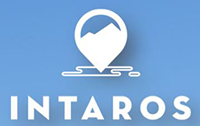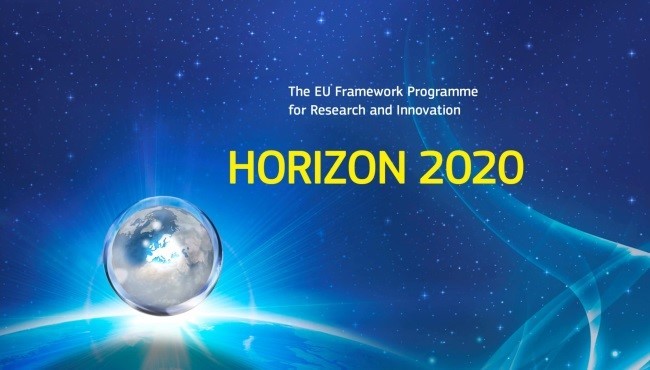Public deliverables
| Number | Name | Description |
|---|---|---|
| D6.1 | Climate model initialization: first report on the added value of using data from INTAROS |
The first results of the work performed in Task 6.1 are described, that has the main goal of improving the skill of climate predictions, investigating the benefits related to the exploitation of INTAROS data. In particular,results from seasonal and decadal prediction systems are presented, with two different General Circulation Models (NorCPM and EC-Earth), with a central focus on the... |
| D6.10 | Report on ecosystem management for managers |
This report is summarizing the discussions during two virtual meetings in 2021 with different |
| D6.11 | Climate model initialization V2 |
This report describes the final results of the work performed in Task 6.1, which has the main goal of improving the skill of climate predictions, investigating the benefits related to the exploitation of INTAROS data. An extended version of the report will be completed ultimo November, including enhanced analysis, summary and recommendations. |
| D6.12 | Impact of climate change on Greenland ecosystems and fish resources |
The SW Greenland coast and shelf is important for the industrial and sustenance fishing that is essential for Greenland. Here, we aim to describe decadal changes of the ecosystem and identify key drivers. To describe ecosystem dynamics we analysed changes in the 33 species of demersal fish found in 5713 bottom trawls collected on the shelf from 1993 to 2016. We find substantial increase in... |
| D6.13 | Extension of ecosystem management: Final results |
The main aim of this deliverable, 6.13, is to offer advice on how the practice of applying existing observational data, ecosystem models, and indicators may be expanded from the Barents Sea and Disko Bay, West-Greenland to a wider range of Arctic sea regions and ecosystems. Further, we build advice and recommendations upon the established Norwegian Barents Sea ecosystem management plan, the... |
| D6.14 | Exploitation and analysis of ice-ocean observations and modelling results |
This deliverable presents results of work related to in situ measurements, sea ice remote sensing products and reanalysis products in the Fram Strait and in the Arctic Ocean north of Svalbard. The results also include examples of how various observational data and models can be combined and used to describe the ice-ocean environment in the region. |
| D6.15 | Risak Assessment System V2 |
The motivation for developing an integrated risk assessment system is to provide insights and to simplify the process of integration, analysis and use of INTAROS data within Arctic marine risk assessments. This will support business planning and development in the Arctic region. The risk assessment system has been built upon “The Arctic Risk Map” |
| D6.16 | Natural Hazard Assessment in the Arctic |
The document describes the results of individual studies in Task 6.4 "Natural hazard Assessment in the Arctic" and how data and methods from the iAOS advances our understanding of the selected hazards. |
| D6.17 | Ice discharge from glaciers to the ocean |
This report - Ice discharge from glaciers to the ocean: Model-based demonstration of calculations of ice discharge from selected glaciers to the ocean - aimed to predict the contribution of glaciers to sea level rise, has been carried out as part of Task 6.4-Natural hazards in the Arctic. This deliverable describes a modelling-based approach developed by Universidad Politécnica de Madrid (UPM... |
| D6.18 | Arctic Blue Economy and Ocean Observations Costs and Benefits |
The potential for growth of the Arctic Blue Economy is increasing due to climate change, fast technological development and strong demands from the global economy. Such development will however put severe stress on the vulnerable Arctic environment and there is a growing consciousness among nations surrounding the Arctic to ensure a responsible and sustainable development of Arctic Blue... |



